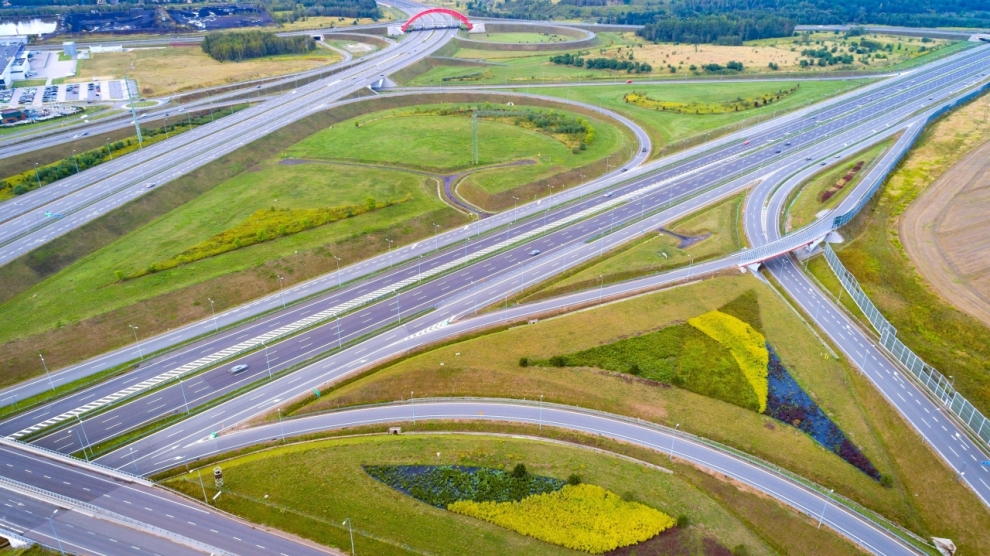Central and Eastern Europe (CEE) has made real progress after decades of underinvestment, not least the 5600 kilometres of new motorways which have been built over the last 20 years. However, as much as 615 billion euros needs to be invested in infrastructure and logistics if the CEE region is to bridge the gap with Western countries, a PwC report has found.
Nevertheless, according to PwC, growth in CEE is expected to outpace Western Europe over the next five years, creating excellent opportunities for domestic and international companies and investors.
“CEE started at a rather low level, so the key objective was to enable a significant increase in transport infrastructure,” Agnieszka Gajewska, CEE capital projects and infrastructure leader at PwC tells Emerging Europe. “This required a huge effort in planning, permissions, expropriations, mobilisation of contractors and financing. So I would say the progress made to date is most impressive.”
During the Cold War, infrastructure development was only focused on the east-west axis, and after the fall of the Iron Curtain, the region’s governments focused more on integrating their economies into advanced Western markets rather than developing the north-south axis. Some initiatives have been started, however, for example, the so-called Three Seas Initiative launched by Croatia and Poland in 2015.
“In my opinion, the Three Seas Initiative successfully supports the development of pan-European transport corridors,” Martinš Lazdovskis, a member of the board of Latvian State Roads underlines within the report. “If you look at the map, it is clear that the pan-European transport corridors don’t have sufficient direct connections in the north-south direction.”
But the gap is significant since inadequate transport infrastructure can still be considered as a substantial barrier to business growth in CEE. If we look at the latest WEF Global Competitiveness Report, CEE ranks significantly lower than the EU15. These boast an average infrastructure rank of 5.65, while CEE countries rarely exceed five, with Albania, Romania and Moldova scoring as low as 3.5.
“Most countries in the region are clearly committed to their infrastructure programmes, as their economies need efficient infrastructure to grow and compete. Governments will need to look for efficient ways to leverage private capital to finance their infrastructure ambitions. This requires innovative risk-sharing mechanisms and possibly public co-financing,” PwC’s Ms Gajewska says.
“Financing will be a challenge as needs exceed available public resources. But I would point out other challenges, such as coordination and funding for pan-regional initiatives, as well as general questions regarding changes in technology which will impact how we design and build infrastructure in the future,” she adds.
Five ongoing projects (the five corridors: North Sea-Baltic, Baltic-Adriatic, Rhine-Danube, Orient/East-Med and Mediterranean) will help the emerging economies of Eastern Europe increase their potential for more sustainable economic growth, with opportunities throughout old and new EU member states for the development of trade and business relationships with Asian countries, and globally.






[…] 10 days: this is so far the shortest sea route from Far East to Europe (however, to do this, CEE needs to build transport infrastructure, which the region has a huge need for. This is especially true […]
[…] through the Arabian sea, the Suez canal, and the Balkans cuts down the transport time by 7-10 day. BeatitudesTransport infrastructure is a vital need in the region. This is especially true in the Balkan […]
[…] 10 days: this is so far the shortest sea route from Far East to Europe (however, to do this, CEE needs to build transport infrastructure, which the region has a huge need for. This is especially true […]
[…] 10 days: this is so far the shortest sea route from Far East to Europe (however, to do this, CEE needs to build transport infrastructure, which the region has a huge need for. This is especially true […]